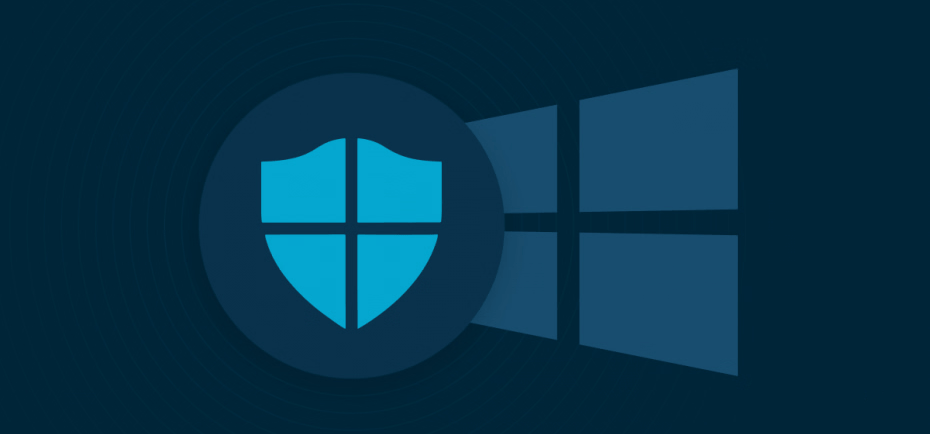Windows System Security: Core Principles and Common Risks
This article explains the fundamentals of Windows operating system security, including user management, risks within Active Directory environments, and common misconfigurations. The content is presented with clear explanations, combining conceptual knowledge and practical examples to help both beginners and professionals understand how to better secure Windows-based infrastructures.
WINDOWS
Ulvi Gulmaliyev
6/15/2025


Why Is Windows a Primary Target in Cybersecurity?
The Windows operating system is used across a wide range of devices — from personal computers to large enterprise servers. This widespread usage makes it one of the most targeted platforms by cyber attackers.
Often, systems run with default settings, weak configurations, or unpatched vulnerabilities, which greatly simplifies the attack process for threat actors. While Windows is a powerful system, it can also become highly vulnerable if not properly managed.
User Management and Permission Control
A critical part of Windows security is properly managing user accounts and access privileges.
User Account Control (UAC): This is a security feature that prompts users when administrative-level actions are requested. It prevents unauthorized or unintended system changes.
Least Privilege Principle: Every user should be granted only the minimum permissions necessary to perform their job. For instance, a regular employee does not need access to system files or admin tools.
Group Policy (GPO): A powerful feature in enterprise environments that allows centralized management of users, computers, and security policies. GPO can enforce password policies, restrict access, or block certain applications.
What Is Active Directory and Why Is It a Prime Target?
Active Directory (AD) is a centralized system used to manage users, devices, and resources in Windows network environments. It is the backbone of identity and access control in most enterprise infrastructures.
Why is AD at high risk?
If a single Domain Controller is compromised, the entire network can be exposed.
AD governs authentication and access, so gaining access to AD can allow an attacker to move laterally and escalate privileges quickly.
Common attack techniques:
Kerberoasting: Attackers extract password hashes from Kerberos tickets and attempt to crack them offline.
Pass-the-Hash (PtH): Allows attackers to authenticate using password hashes without knowing the actual password.
Golden Ticket: Attackers forge Kerberos tickets to impersonate any user in the domain.
Most Common Windows Security Weaknesses
Unpatched or outdated systems: Old versions with known vulnerabilities are easy to exploit.
Weak password policies: Short, predictable passwords make brute-force attacks easier.
Unused or unnecessary services: Leaving outdated services like SMBv1 enabled can create open doors for attackers.
Misconfigured user groups: Granting admin-level privileges to unnecessary accounts increases risk.
Key Protection Strategies
Use built-in tools like Windows Defender, AppLocker, BitLocker, and Windows Firewall.
Apply network segmentation and control open ports strictly.
Monitor events using tools like Sysmon and Event Viewer to detect suspicious activity.
Implement Tiered Administrative Models and concepts like Red Forest to isolate and protect high-privilege accounts.
Securing Windows systems is not limited to installing antivirus software. It requires a combination of:
Strong user management,
Regular patching,
Properly structured Active Directory,
And continuous monitoring.
Every poorly configured Windows machine can become an entry point for attackers. Security must be proactive, layered, and systematic.


